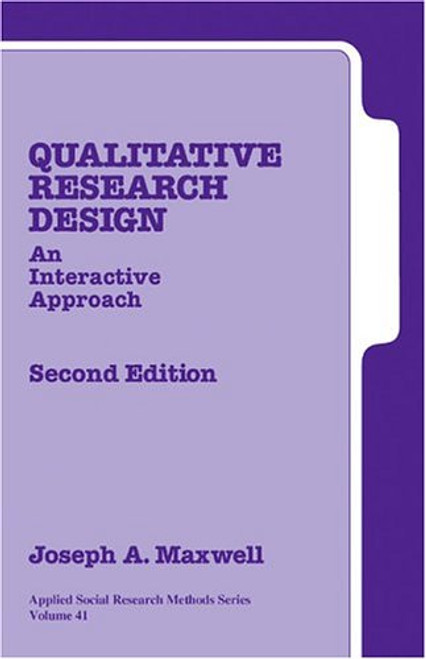For those whose livelihood is based on the ability to design, conduct, and report marketing research in an accurate, concise, and clear way, John W. Creswell's book, Research Design, provides guidance in dealing with some of the more difficult decisions that must be made along the way. Additionally, for marketing professors who teach others how to perform the basic tasks of research, Creswell's book provides a framework that aids students in learning many of the more difficult 'ins and outs' of the research process. Creswell's book is a valuable tool for either purpose. John W. Creswell is well qualified to write a book on research design. He is a well-known authority in the field of educational research design and methods. Each chapter uses a reader-friendly format that includes bullets to emphasize key points, boxed materials, and tables with examples taken from journal articles, dissertations, and dissertation proposals. A concise summary is included at the end of each chapter, along with end-of-chapter writing exercises and an annotated bibliography of additional readings. The writing exercises seem to be especially thought provoking, and they are designed so that the reader will have completed a written plan for a scholarly research study once finishing the set of writing assignments. One major theme that seems to run throughout the book is the unique perspectives offered by the two major approaches to research--qualitative and quantitative. In each chapter, Creswell makes an effort to provide some meaningful perspectives on the important differences between qualitative and quantitative research paradigms. . . . This clear distinction between the two types of research and, more importantly, the continuous comparisons of the resulting differences in the stages of the research design process, serve as Creswell's main contribution to the field of research design. One of the unique features here is a thoughtful discussion of whether a particular topic should be selected. Along these lines, criteria are given for selecting topics that lead to meaningful and interesting research projects. Many researchers, I believe, could benefit from this discussion. In reviewing this book, it quickly became obvious that the approach used by the author provides a valuable perspective on the research design process. In short, Creswell's insights are impressive; and my overall evaluation of Creswell's book is positive. Many researchers, both academic and practitioners, would benefit from the disciplined approach advocated by Creswell. Fortunately, Creswell's book is now available to researchers. . . . The primary audience for this book is the student who needs to learn how to conduct high-quality research. . . . Creswell's book could be a useful addition to their course work. The text is written broadly enough so that it applies to all aspects of the social and behavioral sciences. In addition, Research Design fits nicely into Sage Publications' product line of research-oriented texts, many of which would be appropriate companions to Creswell's text to provide students with a well-rounded course in research design and execution. examples include Miller's (1992) Handbook of Research Design and Social Measurement, Fifth Edition, Stewart and Kamins' (1993) Secondary Research, Second Edition, and Bausell's (1994) Conducting Meaningful Experiments. A wide range of topics enables instructor's to customize a set of texts that meet their specific needs. It seems that Creswell's Research Design could be an important component to this approach to a doctoral education and the building of a high-quality set of reference texts. Alternatively, Creswell's book could be used as a supplement in a course in which the major text is a more traditional marketing research text. Either way, there is no doubt that Creswell's book
Research Design: Qualitative and Quantitative Approaches
Brand: SAGE Publications, Inc
$16.24 - $20.30
- UPC:
- 9780803952553
- Maximum Purchase:
- 2 units
- Binding:
- Paperback
- Publication Date:
- 1994-04-19
- Author:
- John W. Creswell
- Language:
- english
- Edition:
- CA res. please inc. 7.25% tax






